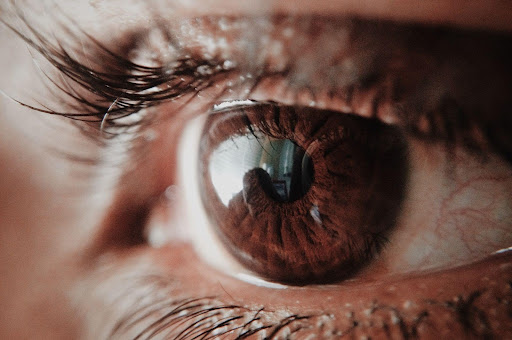Surgery procedure for glaucoma drainage implants
While the operation itself typically takes roughly an hour, you can expect to be in the surgery centre for three to four hours. During the operation, eye surgeons will administer anaesthesia to help you manage any pain and to keep you relaxed. The surgeon will begin by cutting out a tiny opening through the conjunctiva, which is a clear layer of tissue on the surface of your eyes.
Once that is done, the eye implant – a flexible tube attached to a small plate - will be inserted between the gap and placed on top of the sclera. The tube is then stuck into the eye to help drain out the aqueous fluid and reduce eye pressure. The fluid gathers at the plate of the implant (otherwise known as a reservoir), and is absorbed back into the rest of the body.
Following the procedure, doctors may provide patching to your eye to protect it from injury as the drainage process happens. You may be required to keep the eye patch overnight.
What to do post-surgery?
Your vision is likely to be obscured immediately following the surgery, lasting anywhere from several hours to a few days. Because of this, we recommend that you arrange post-surgery transportation ahead of time, such as having someone pick you up from the hospital.
Even with the glaucoma implants, a majority of patients will be required to maintain their prescribed glaucoma medications. Our eye doctors at Subang Jaya Medical Centre will advise you on which medicines you should continue taking. Additionally, new medication will be assigned to you to help mitigate the risk of infection, discomfort and scarring.
Note that you should avoid any activity that could be taxing to your eyes - this includes bending over, straining, and lifting heavy objects. It is also recommended that you continue to make appointments following your surgery so that doctors can monitor your recovery progress.
If you are experiencing redness in the eyes or excessive pain, contact us at EYECENTRIC , our eye specialist centre at Subang Jaya Medical Centre (SJMC), as you may be at risk of an infection that must be treated as soon as possible.
Successes and complications
The general consensus of the success rate of glaucoma drainage implants is that it is comparable to a trabeculectomy surgery. Notably, drainage implants can be used to combat more complicated forms of glaucoma.
As for the success and effective duration of individual implants, it is highly dependent on its size. Generally, an implant that covers a larger surface area is more likely to result in a successful attempt to correct eye pressure levels. However, this increase in size also comes with an increased risk of complications.
First off, a larger implant may cause eye pressure to drop too low - known as a condition called “hypotony”. If left untreated, this condition can cause long-term damage to an eye’s visual ability. Additionally, bigger implants can sometimes interfere with the external muscles that help facilitate our eye movement.
Besides this, as the implant is seen as a foreign object to the body, you may experience an initial inflammatory response. Additionally, your eye pressure may actually increase two to four weeks post surgery, before stabilising throughout a six to twelve week period
There is also the possibility of scarring of the surgical openings, similar to trabeculectomy. If the opening of the tube connected to the eye becomes clogged, or scarring near the drainage area ends up hindering the fluid absorption process, the implant would no longer be able to function properly.
Nonetheless, personnel at the EYECENTRIC centre at SJMC are fully trained to manage any complications that may arise. Our eye experts are highly experienced, treating various forms of eye conditions and constantly performing ophthalmology surgeries, from laser surgery to medical therapy.
Meet our Specialist
Dato’ Dr Linda Teoh Oon Cheng
Designation
Consultant Ophthalmologist and Glaucoma Surgeon
Dr Lee Ming Yueh
Designation
Consultant Ophthalmologist and Glaucoma Surgeon





